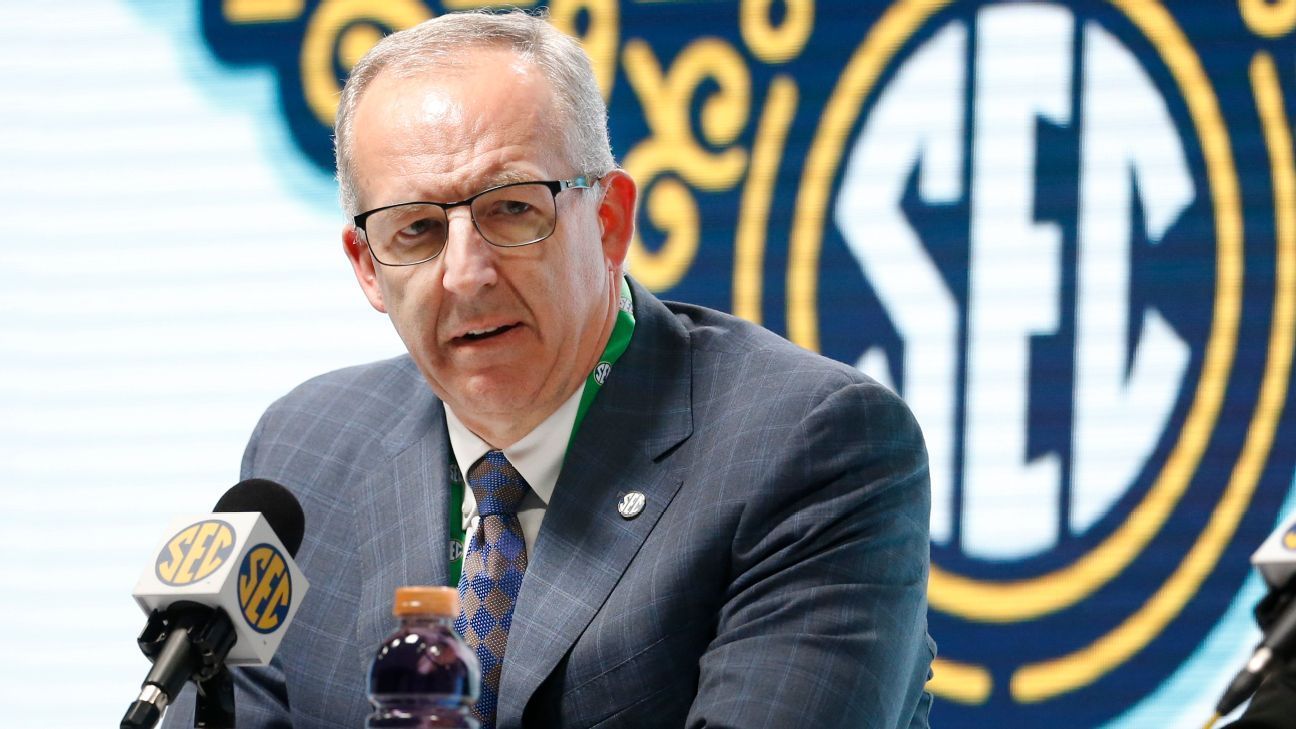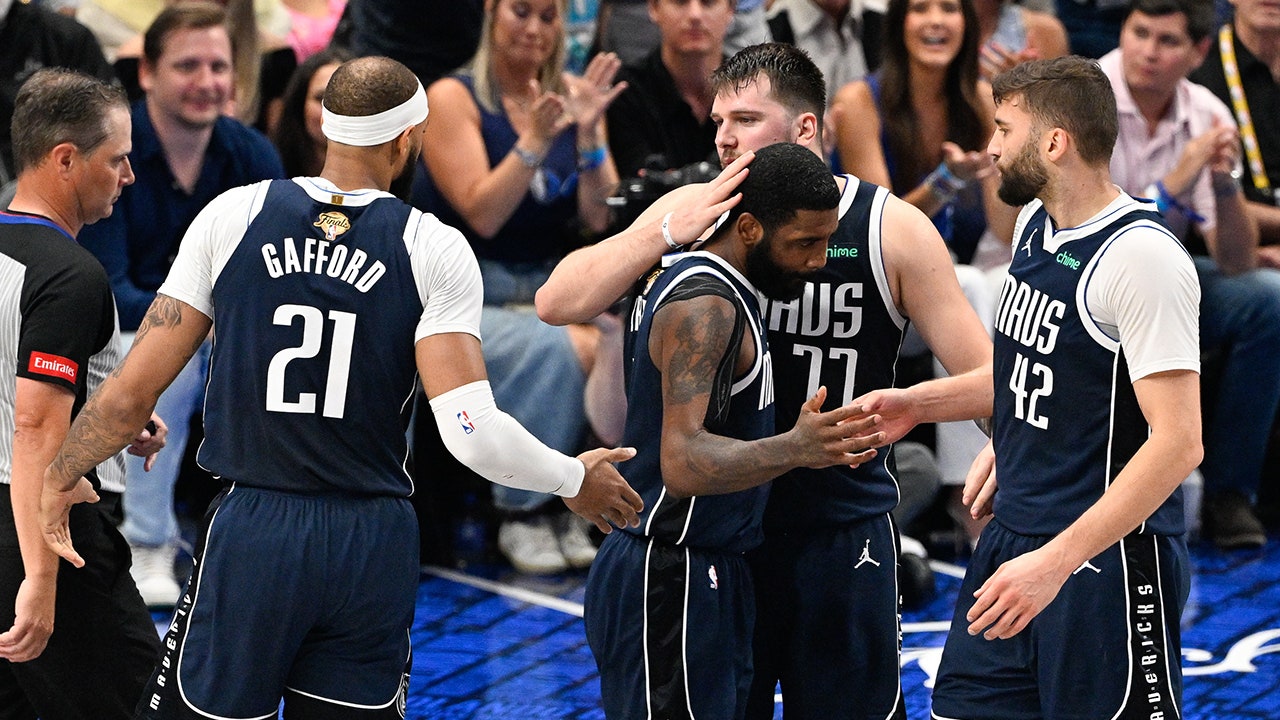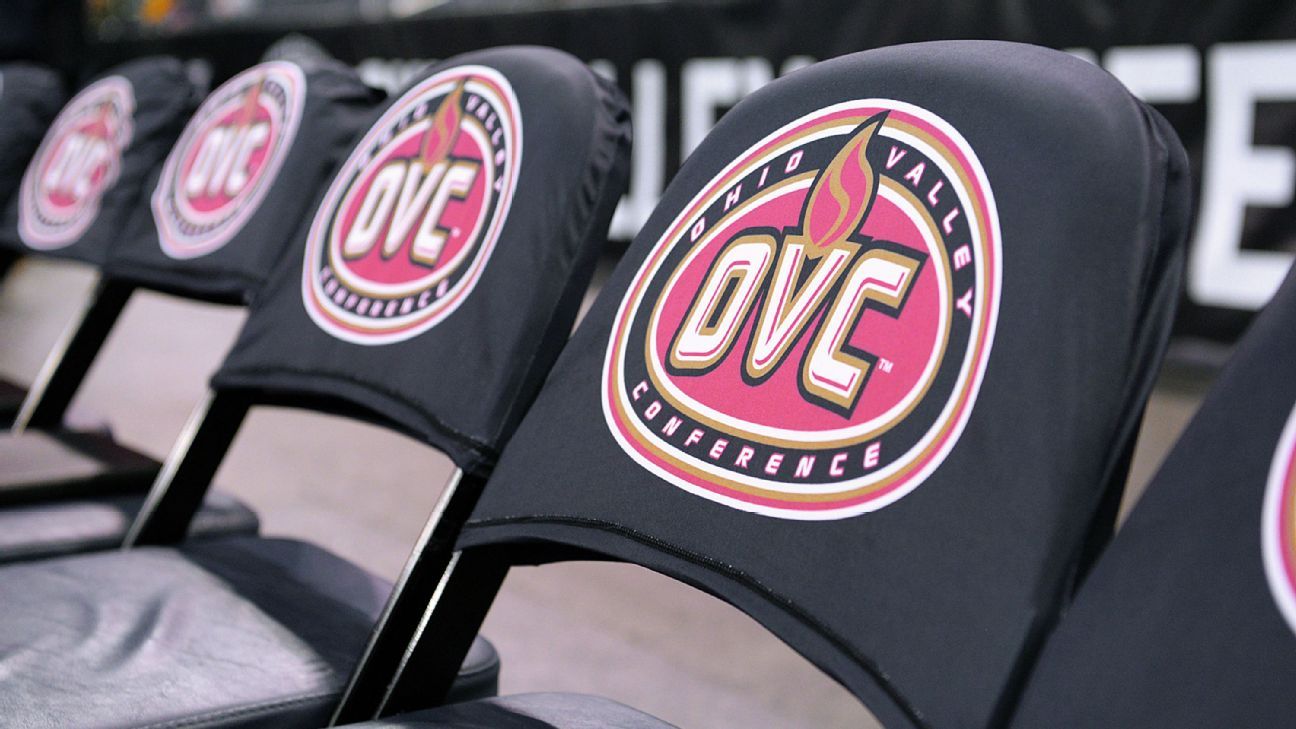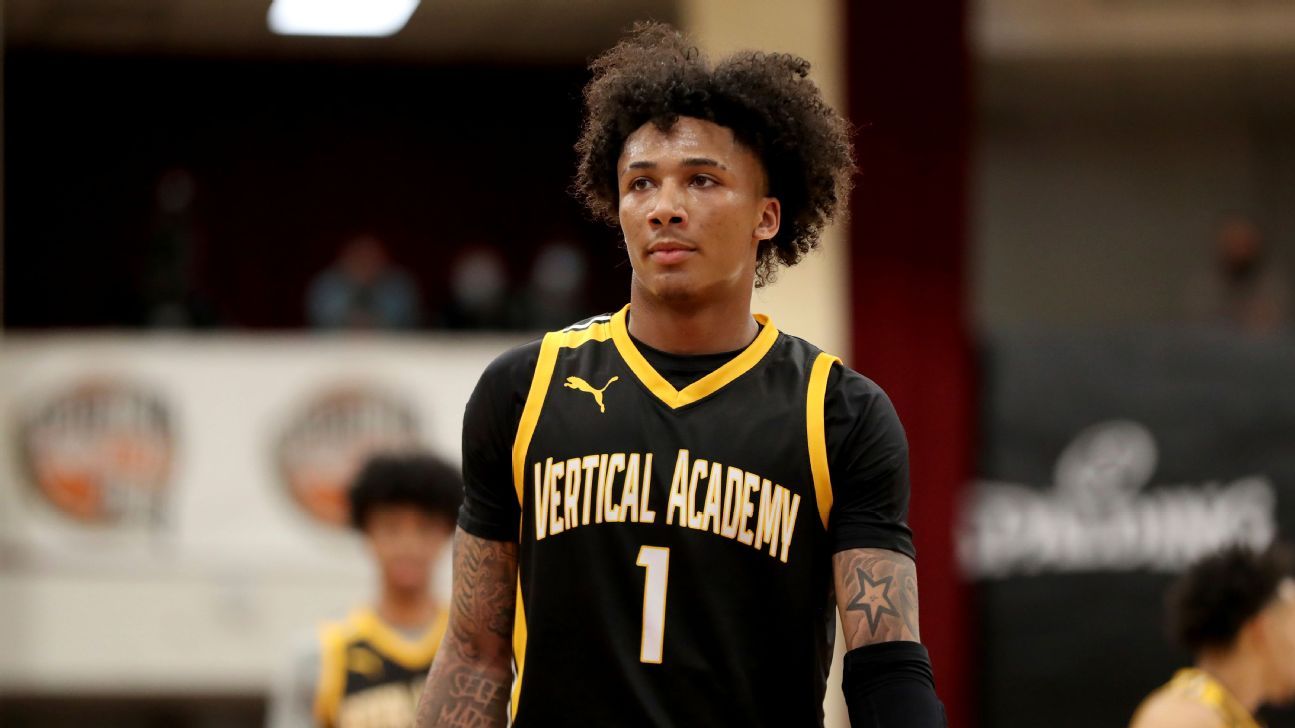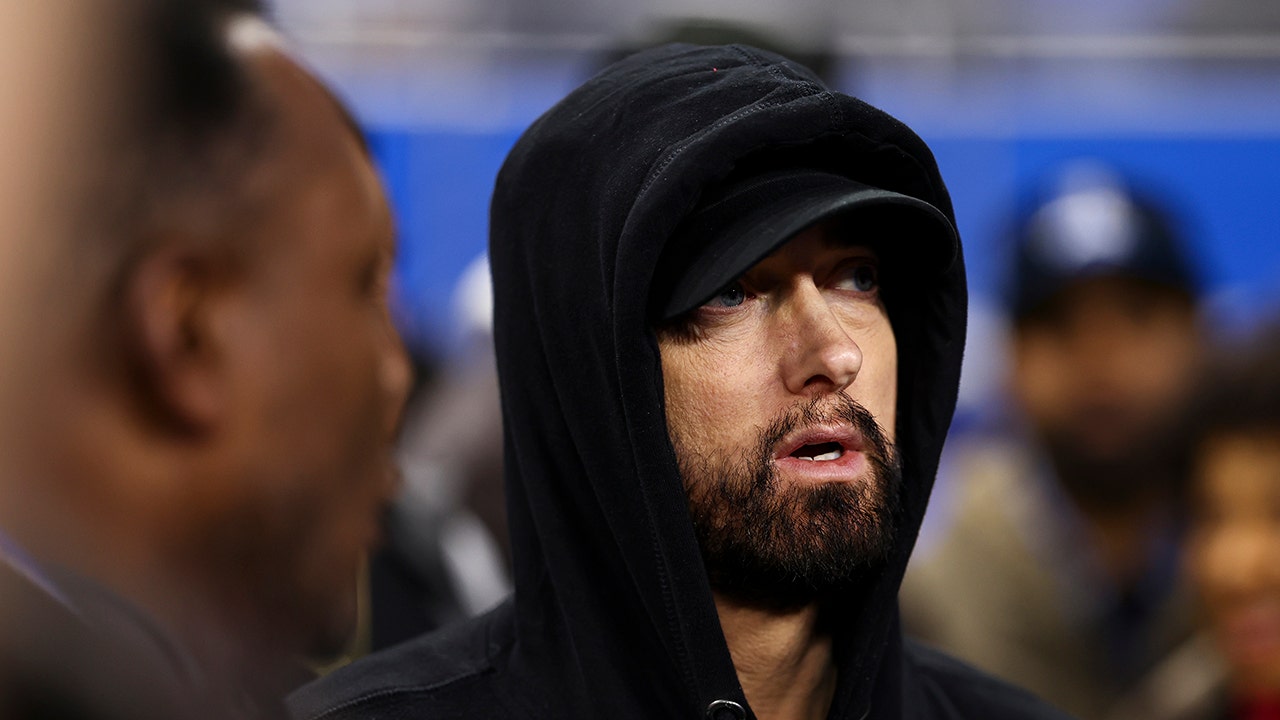DESTIN, Fla. — As the SEC spring meetings concluded Thursday, commissioner Greg Sankey acknowledged that while college athletics is in “uncharted waters,” he believes NCAA Division I schools can continue operating together, and your conference is prepared “to take a leadership role” as everyone navigates historic change.
Sankey said the NCAA basketball tournament in March is what brings Division I together, but if it's going to stay together, “there are pressures that have to be recognized.”
“We've allowed Division I to grow,” he said. “We have conferences that solve their membership problem by inviting non-Division I members, but we haven't changed the size of the group. I think common sense says we have to dig deeper into that. There are competitive issues, scheduling issues, These are economic issues, but I think March can stay together. That doesn't mean it will stay exactly the same.
“We also have to recognize the differences that exist within the group pursuing the opportunity to enter the tournament.”
The SEC has formed several working groups to help address important issues looming after the House-NCAA deal, including one to look at conference rules that might need to be eliminated or implemented. Another group will delve into the league's federal legislative efforts and another will examine oversight and governance of the deal itself.
There is also a group of sporting directors investigating squad structures, which Sankey says must move forward quickly. However, conference leaders agreed that an important next step will be to see a broader presentation of the settlement, part of which will reveal how plaintiffs plan to disperse historic damages, which date back to 2016. Sources said they hope to learn that sooner. of July.
“That's the next step,” Texas President Jay Hartzell said. “We'll see what their plans are. Not that we'll shape them, but the public will start to know what's going to happen. It'll be interesting to see what the reactions are based on how they plan to spend the money. We'll all be watching that.”
Oklahoma President Joe Harroz Jr. said questions about the deal are “in the entire universe right now.”
“When you look at it, with the agreement a lot changes,” he said. “It's really about the idea of making sure that we are in line with the agreement and that we remain the conference that runs the country.”
Sankey has repeated every day this week that critical answers about how revenue distribution to players will be implemented at each campus, and how Title IX influences it, will be part of a process that will unfold over the next few months. However, the in-person meetings the league has had over the past month helped this week's conference discussions.
“I think we will come out of here understanding that we are heading into a new chapter, we are going to have to manage the transition, but fully prepared and committed across the board, at the level of athletic director, president and chancellor, to take a leadership role in that change,” he said.
Sankey said the SEC will continue to work with the Big Ten in that role, and said the advisory committee between the two was “an acceptance of leadership responsibility.”
He said they currently don't have any meetings scheduled, but both are eager to discuss their end-of-year meetings.
“We are going to have to make independent decisions on a number of key issues,” he said. “We can't solve all the problems together, otherwise antitrust concerns would be reintroduced… We also have to attract people, so it's not like two votes change the world. Certainly, two conferences agree on things and in the same way correct. have influence.”
The SEC on Thursday also announced new pay amounts for any of its teams that qualify for the 12-team playoff, which begins this fall. Any SEC team that advances to the first round will earn $3 million, followed by an additional $3.5 million for a quarterfinal appearance, $3.75 million for a semifinal appearance and $4 million for participating. in the national championship game. That's in addition to travel expenses. Sankey said those figures were SEC policy and that each conference can make its own decisions on respective payouts.

